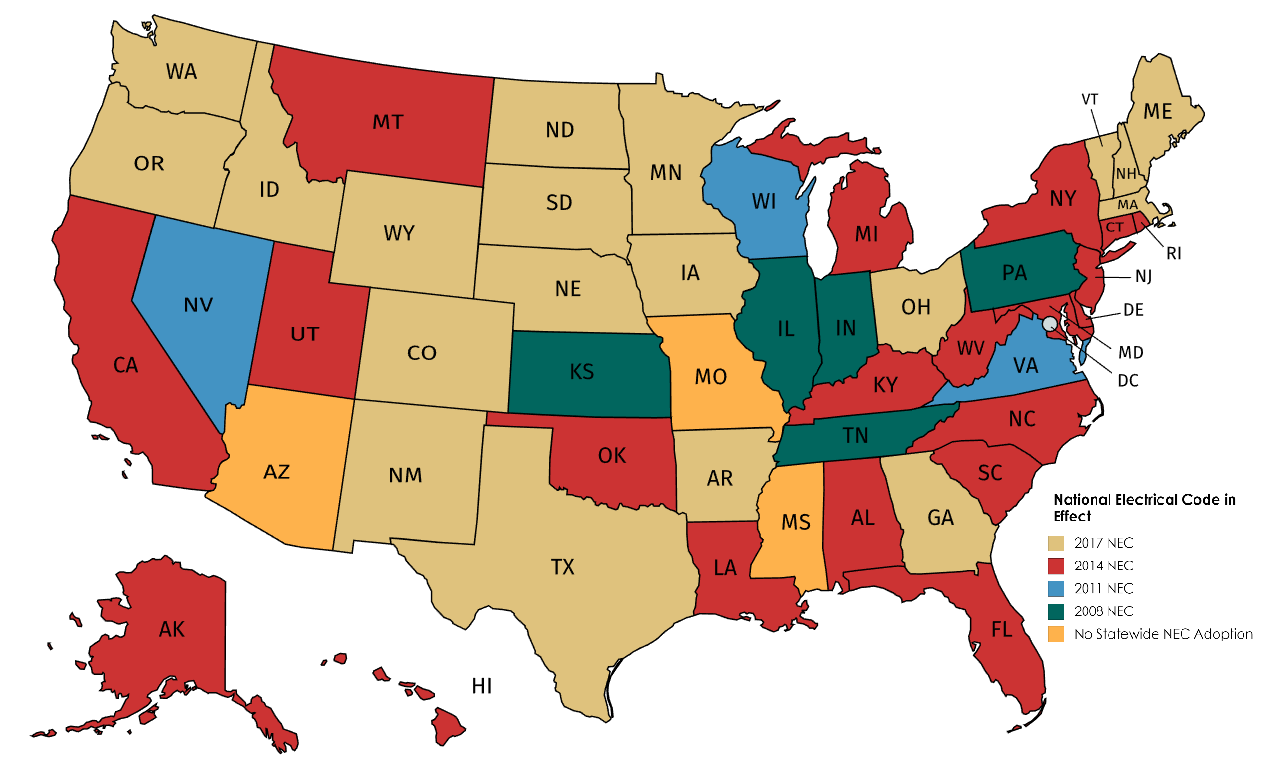
Oct 24, 2018
Arc Fault Circuit Interrupters (AFCIs) are an important electrical fire prevention and safety requirement of the National Electrical Code. With the changes to the NEC in 2017 there still seems to be questions regarding the use of AFCIs. This primer will address these questions.
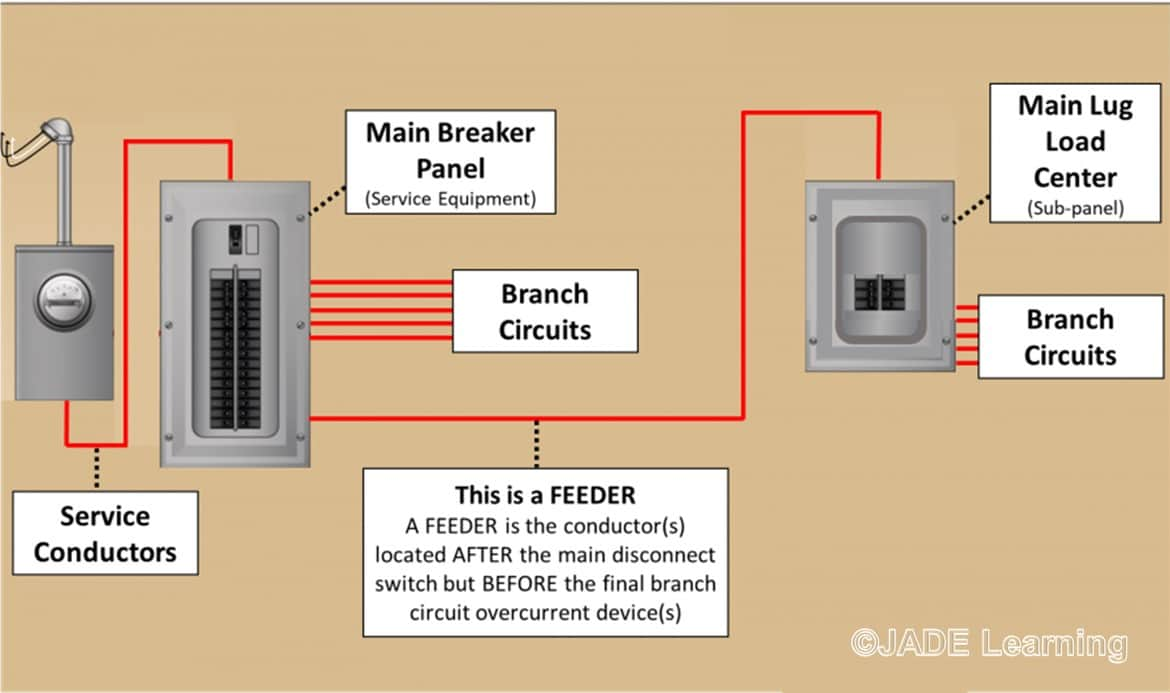
Feb 01, 2018
In order to understand what a feeder is, it is best to start with what a feeder is not. The conductors between the utility service point and the service disconnecting means are service conductors, not feeder conductors. Special service conductor rules apply because these conductors do not have short-circuit or ground-fault...
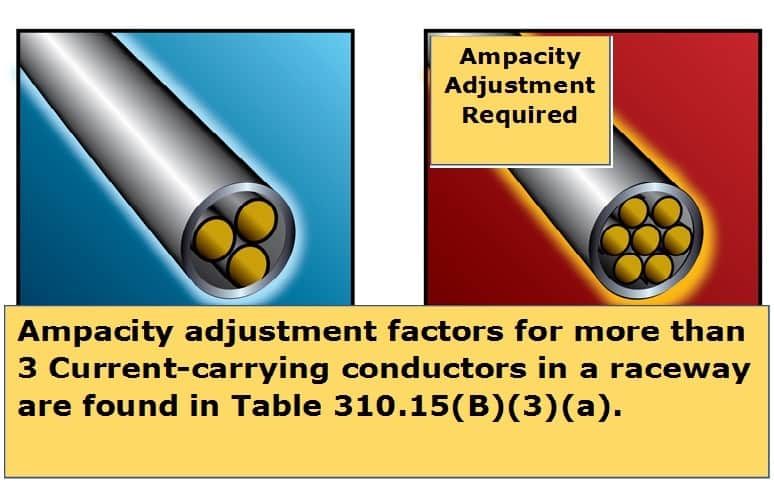
Jan 24, 2017
The conditions of use must be considered when determining the minimum size of a feeder conductor. A continuous load, such as the lighting load in a store building, generates heat in the feeder conductor that must be compensated for. Ambient temperatures above 86oF or more than...
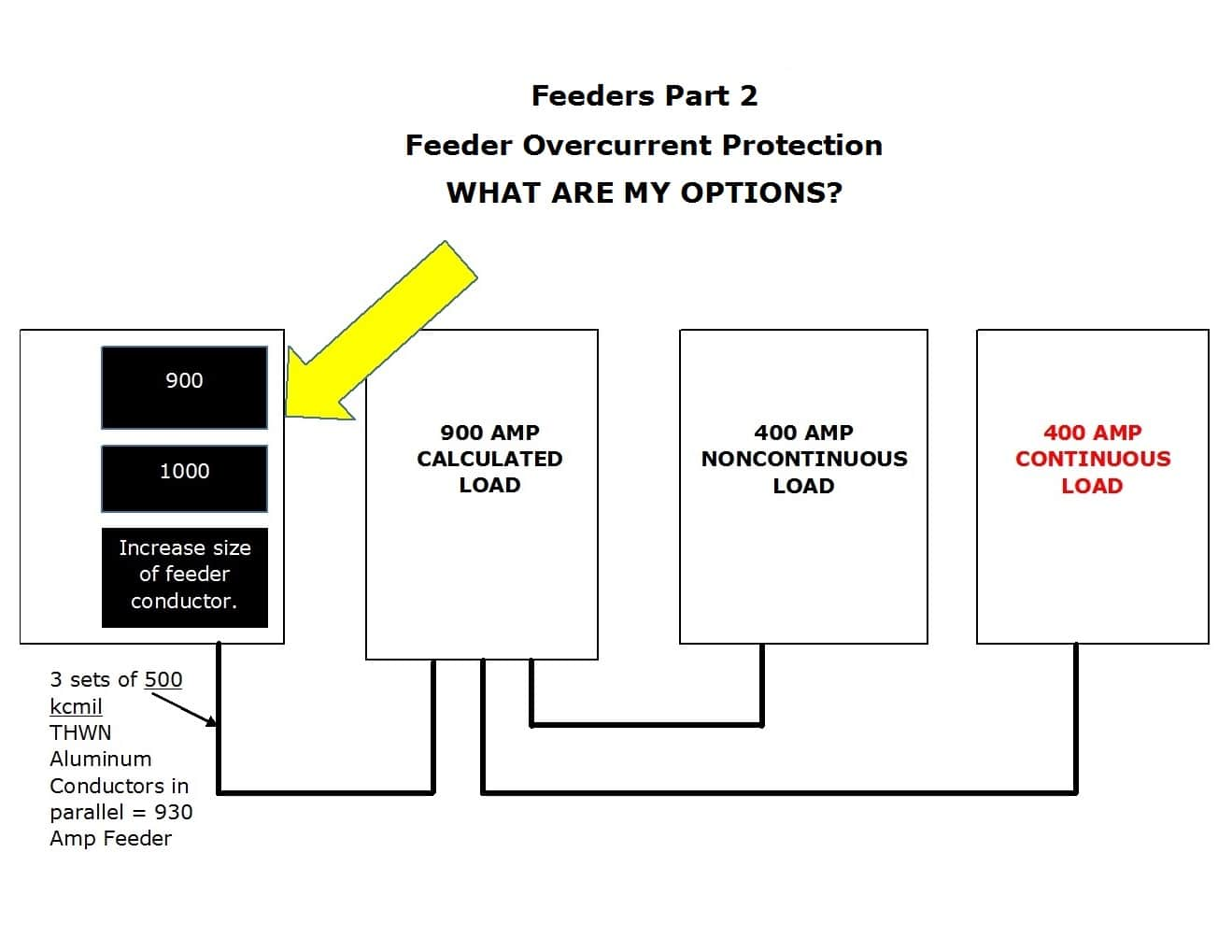
Dec 06, 2016
The general rule in 215.3 is that a feeder overcurrent device shall have a rating not less than the noncontinuous load plus 125% of any continuous loads supplied by the feeder. Unless permitted for specific applications, such as motor circuits, the rating of the feeder overcurrent device is selected as...
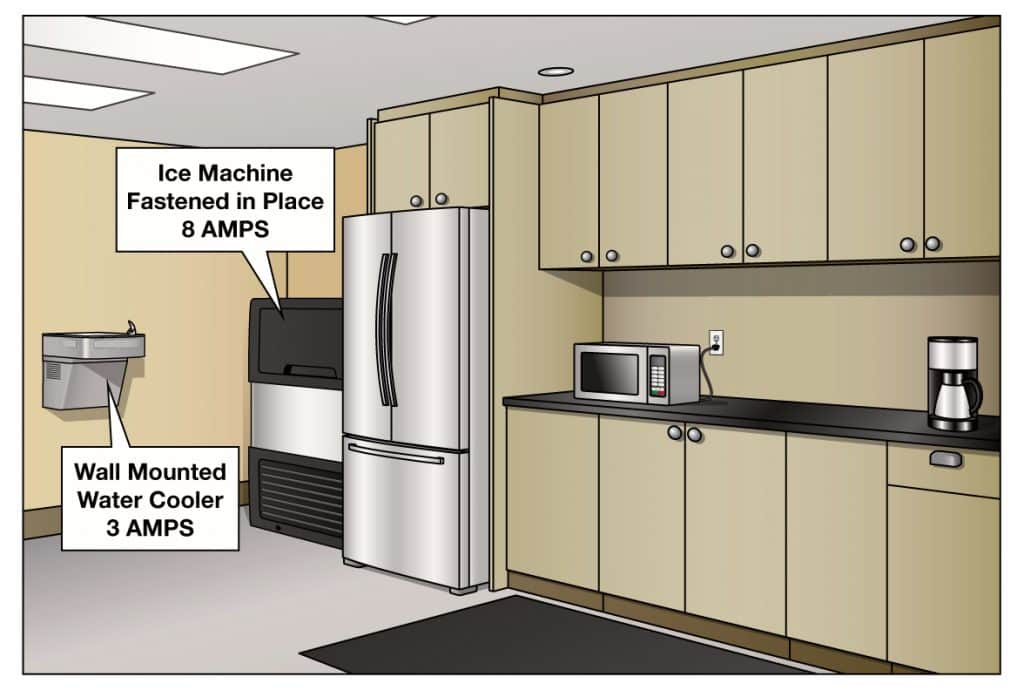
Sep 26, 2016
A multiple-outlet branch circuit is a branch circuit that supplies two or more outlets. With the exception of the required small appliance, laundry, and bathroom receptacle circuits in dwelling units, those outlets may be a combination of lighting outlets for luminaires, receptacle outlets for cord and plug connected utilization equipment...
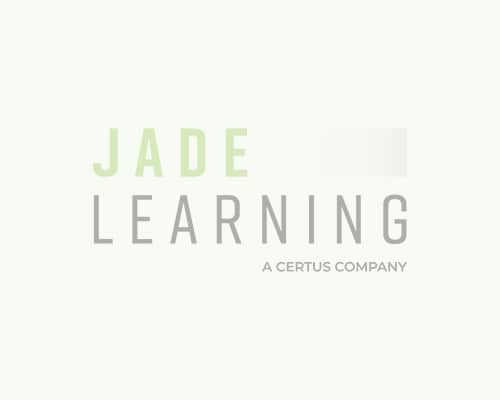
Jul 18, 2016
If you are preparing to take an electrical licensing exam, you will need to know how to calculate the feeder or service load for a single family dwelling. Refer to section 220.82(A)&(B) in the 2014 National Electrical Code (NEC). Here is a sample problem. Use the optional calculation to find...
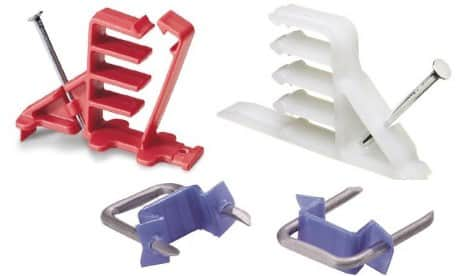
Jun 21, 2016
The requirements for securing and supporting are similar in intent, but there are differences. Securing is done by installing a mechanical means of attachment to the cable and attaching it to a stationary structural member so the cable does not move. This will prevent the cable or conduit from becoming loose and pulling away from a box or fitting. Support requires a mechanical means to prevent the cable from sagging or drooping which may cause damage to the cable and create a hazard. A cable may remain loose while its support is maintained.

May 20, 2016
The 2014 NEC is clear about how cables and raceways must be supported. The general rule in 300.11(A) is that raceways, cable assemblies, boxes, cabinets and fittings shall be securely fastened in place. Cables cannot be used as a means of support for other cables, raceways, or nonelectrical equipment, per 300.11(C)...
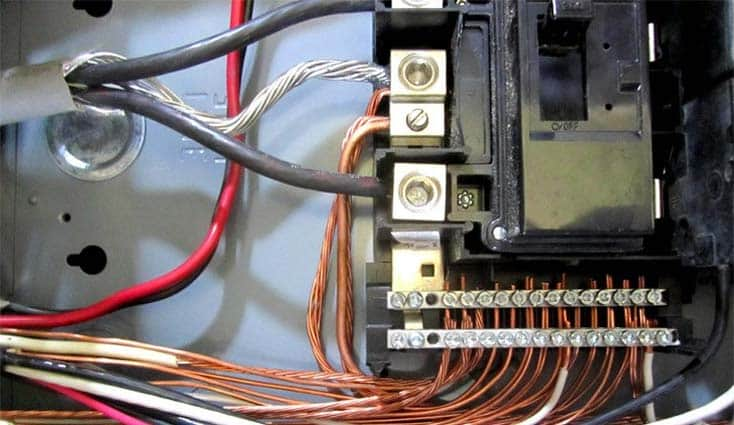
Apr 20, 2016
Supply-Side grounded and bonding conductors are sized from Table 250.102(C)(1) in the 2014 NEC. In earlier Codes, all these conductors, as well as the Grounding Electrode Conductor, were selected from Table 250.66. Table 250.102(C)(1) from the 2014 NEC. It is very helpful to have a separate Table for selecting the size of...
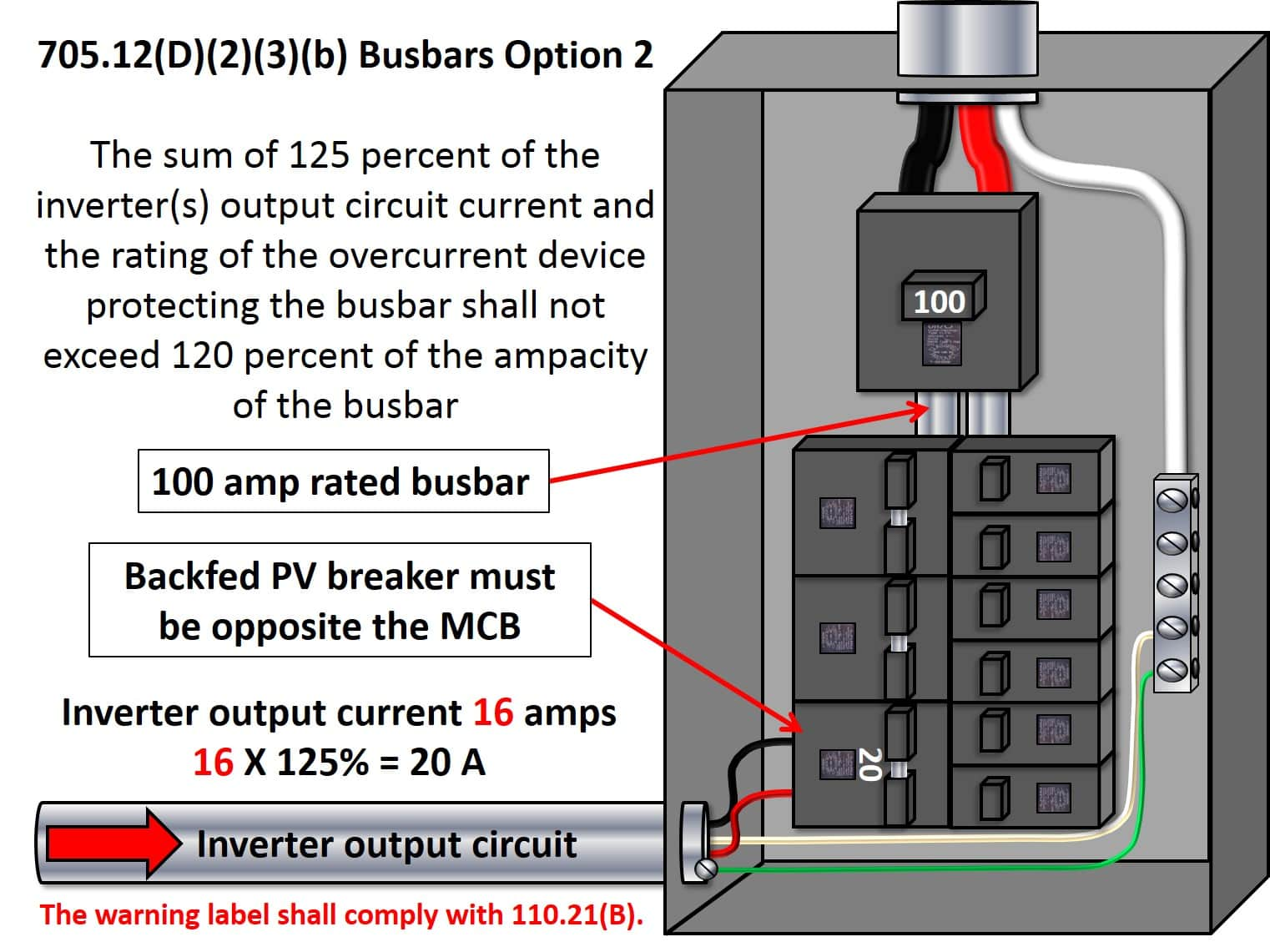
Feb 25, 2016
Properly sizing an SE cable installed in thermal insulation requires a careful examination of the Code. Section 338.10(B)(4)(a) is all about interior installations of SE cables and states: Where installed in thermal insulation the ampacity shall be in accordance with the 60°C (140°F) conductor temperature rating. The maximum conductor temperature...

Jan 28, 2016
Upgrading wiring in older homes usually includes replacing old two-wire, non-grounding type receptacles. Replacing a two-wire receptacle with a grounding-type receptacle and not providing an equipment ground or GFCI protection is a serious NEC violation. Extending a two-wire circuit without an equipment ground is also prohibited, even if protected by...

Nov 18, 2015
Most exam tables at the dentist or doctor’s office are not “patient sleeping beds”. A patient sleeping bed is usually found in a health care facility’s patient room rather than in an exam room. Typically, these beds have sheets and pillows, rather than paper covering over vinyl. In an exam...
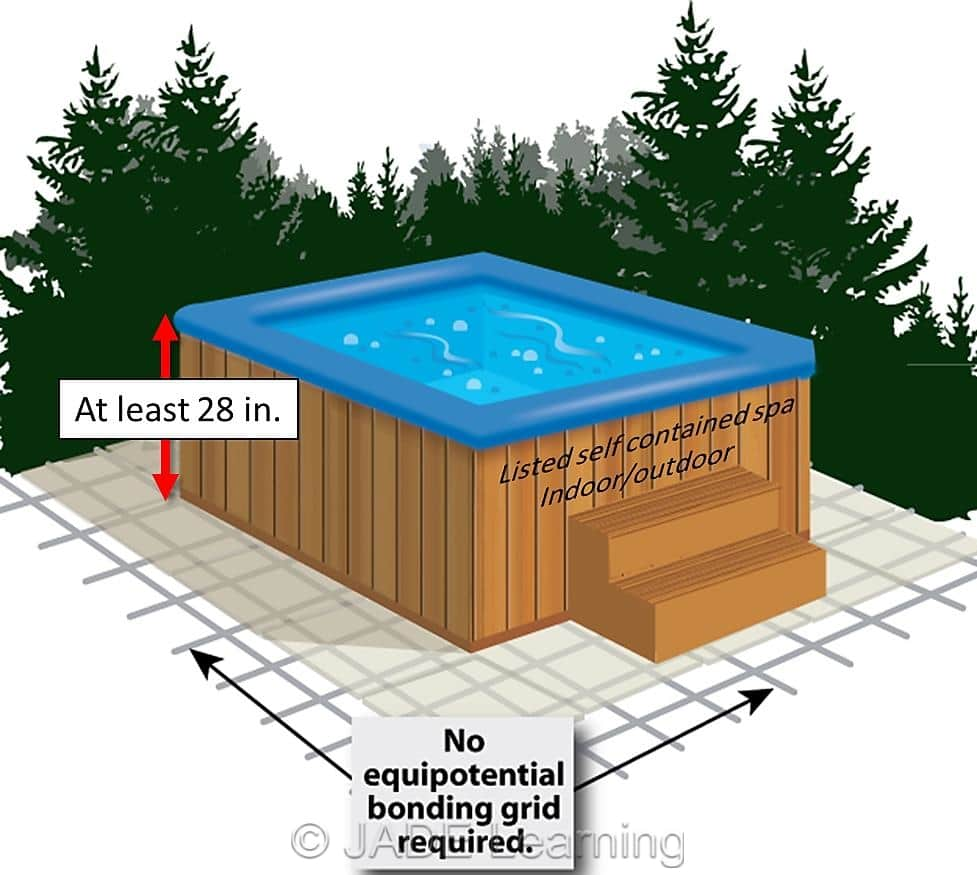
Aug 26, 2015
Here is a list of the most common electrical mistakes made when installing a hot tub outdoors
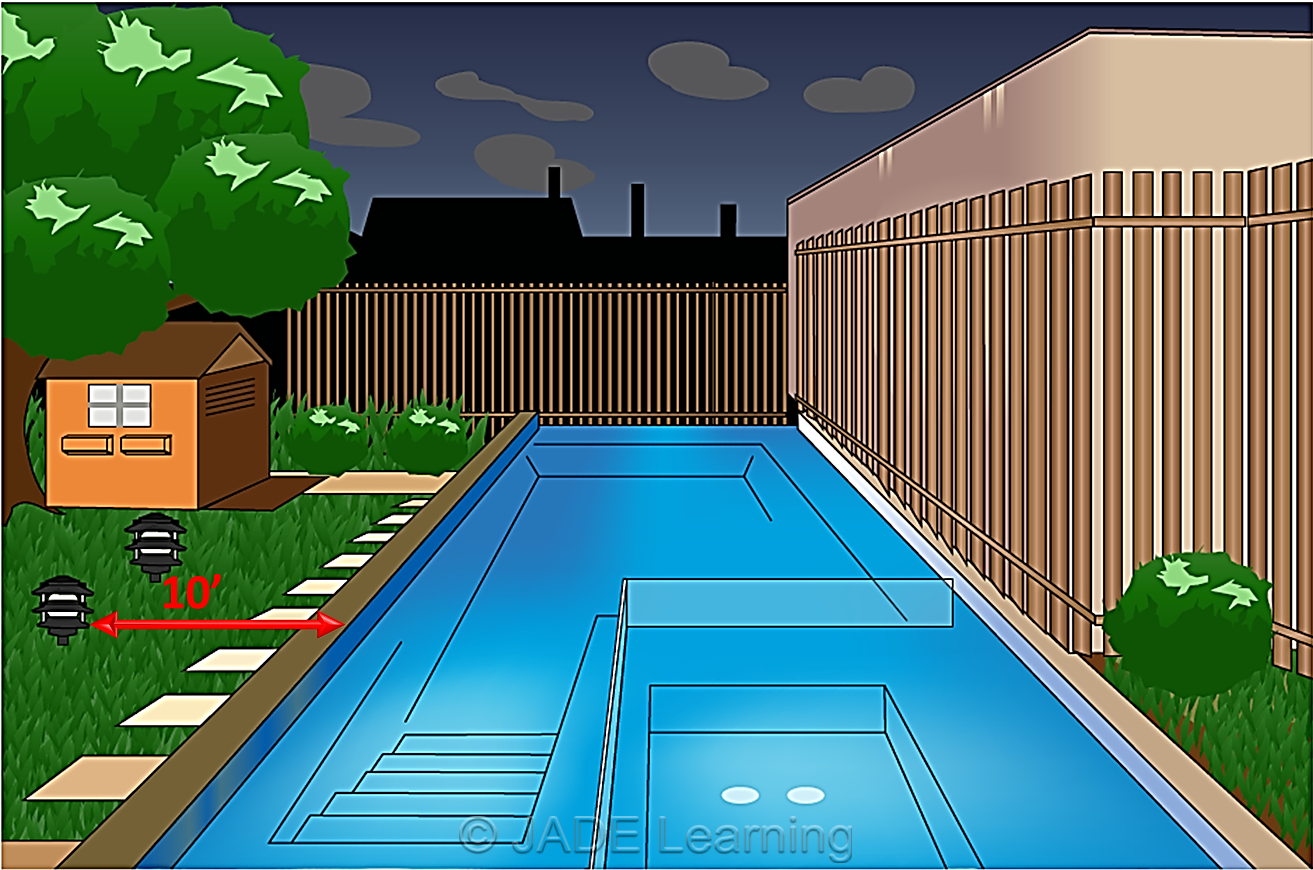
Jul 20, 2015
Here are some common items that can cause the electrical inspection to fail at swimming pools.
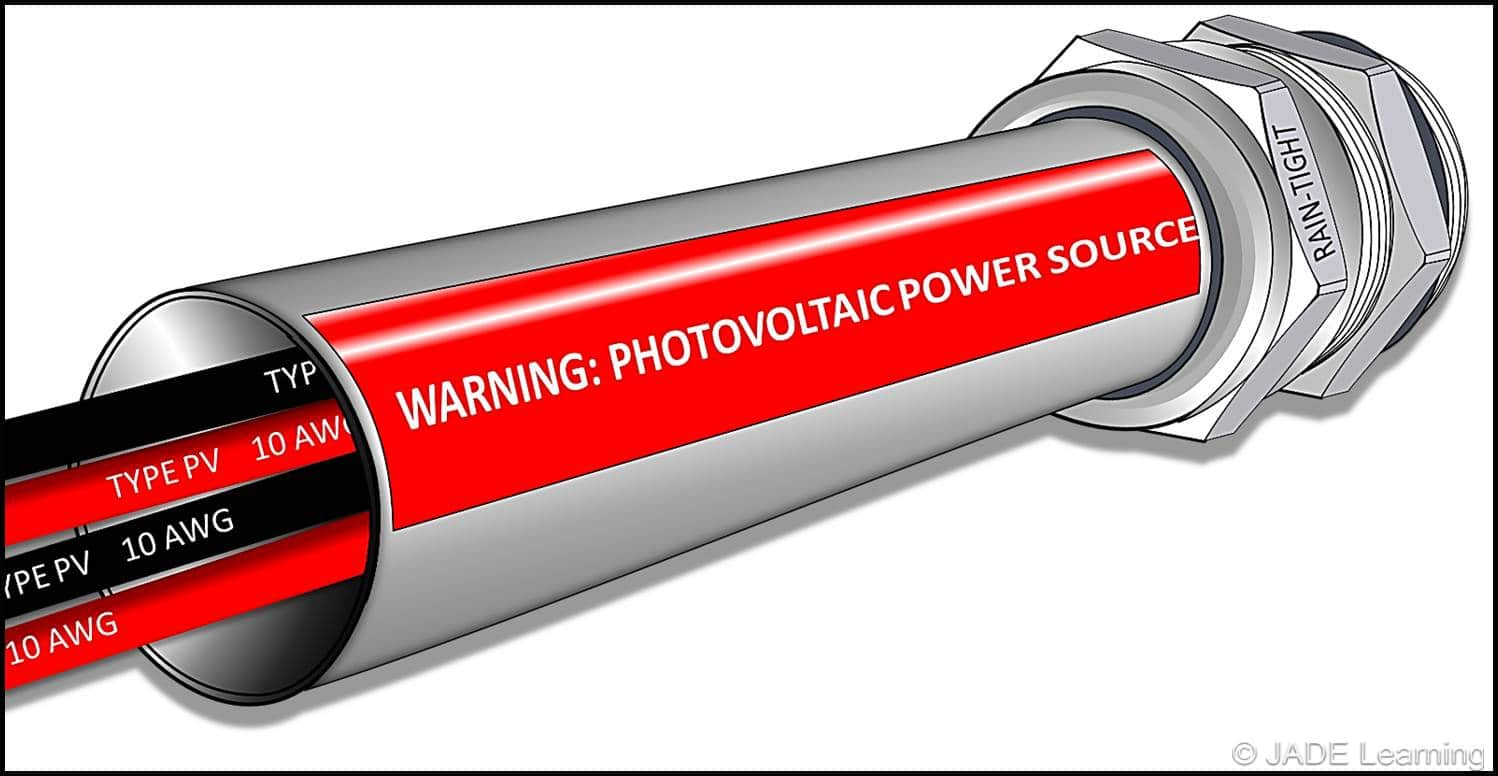
Jul 06, 2015
There are many PV system marking and labeling requirements in the NEC. Some markings will be factory applied as required by the product listing and others must be field applied by the installer

May 29, 2015
A PV system is useless until it gets connected into the premises wiring system. NEC section 690.64 states that the point of connection for a PV system shall be in accordance with section 705.12. Article 705 provides the rules on how an electric power production source, such as a PV...

Apr 29, 2015
In the past few blog posts we have discussed some of the more important issues related to the PV system including PV modules, PV source circuits, PV output circuits, and inverters. Now let’s talk about PV grounding. Equipment GroundingIn most PV installations, the PV modules are fastened to a metal rack-type...

Mar 31, 2015
An inverter takes the DC current produced by the PV modules and converts it to AC current for connection to the utility grid.

Mar 10, 2015
When wiring PV modules in series (to create a series string of modules), voltage is additive while current remains the same. Series = Adds Voltage. When wiring several strings in parallel, the result is the opposite; voltage remains the same while current is additive.

Jan 30, 2015
Section 110.21(B) states that if caution, warning, danger signs or labels are required by the NEC, the labels shall “adequately” warn of the hazard using effective words and/or colors and/or symbols.

Dec 29, 2014
Here are the 6 most common violations that inspectors see in an above-grid ceiling inspection:

Nov 26, 2014
The fact that the table was removed is neither here nor there. More importantly is how to apply the 83% and when the Code section allows us to use it. Applying 310.15(B)(7) to one-family dwellings or the individual dwelling units of two-family and multi-family dwellings, has always been dependent on a few important factors:

Sep 26, 2014
If the point of interconnection will be made at a feeder, other than the opposite end of the primary overcurrent protective device (OCPD), then there are two options and both apply only to the portion of feeder on the load side of the inverter output connection.

Aug 22, 2014
Let’s start out with the first basic requirement in 705.12(D)(2): 125% of the inverter output circuit current must be used for the ampacity calculations for most of the interconnection methods used. Whether interconnecting the Inverter Output Circuit through a breaker at the service panel or directly to a feeder, it is important to first know the inverter output circuit current.

Jul 15, 2014
In the Summer Newsletter article, we discussed marking our service equipment with the maximum Available Fault Current (AFC) as well as the date the fault current calculation was performed to comply with NEC 110.24(A). We selected circuit breakers with an AIC rating equal to or greater than the AFC. So...

Oct 15, 2013
Register for our 2014 NEC Changes free webinar on November 12, 2013. Also, stay tuned to The Junction Box Blog for more information on the 2014 NEC changes. AFCI protection is one of the most talked about additions to the National Electrical Code over the years. Watch this quick video on...

Oct 10, 2013
One theme in the new edition of the Code is new technologies and requirements for their safe installation and modification. Today we are going to start with four new articles that were added in the 2014 edition of the National Electrical Code to accommodate these emerging technologies.